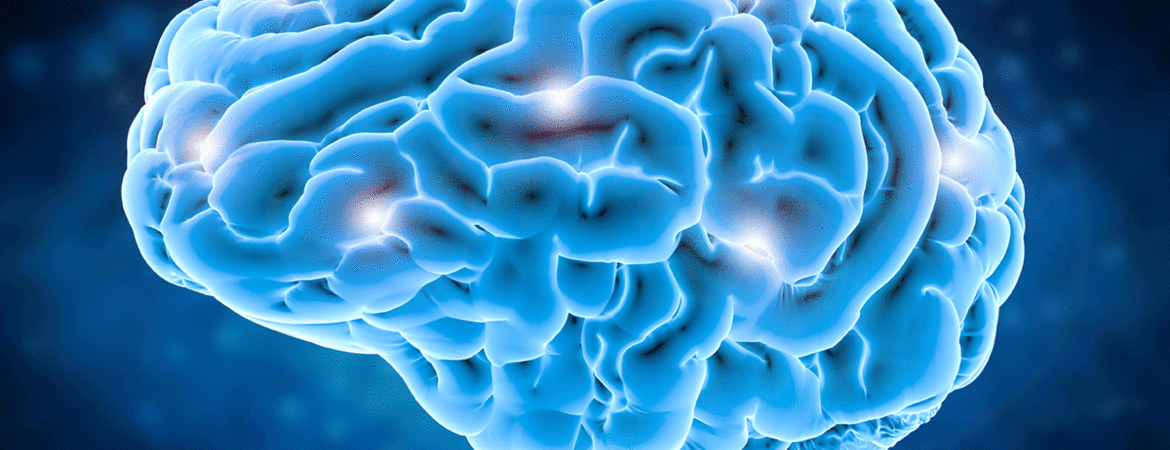
IIGB/CEPCEB researchers have made a discovery in the lab that could help drug manufacturers develop new antiepileptic drugs and explore novel strategies for treating seizures associated with epilepsy – a disease affecting about two million Americans.
To understand exactly how neurons function during epileptic seizures, Maxim Bazhenov, an associate professor of cell biology and neuroscience, and Giri P. Krishnan, a postdoctoral researcher in his lab, developed and used realistic computer simulations in their analyses and found that while there is a progressive and slow increase in intracellular sodium during seizure, it is this accumulation of intracellular sodium that leads to the termination of the seizure.
Bazhenov explained that conventional antiepileptic drugs are commonly designed to target various sodium channels in order to reduce their activity and he does not believe this is the best approach for drugs to take. He explained that even for drugs to increase the activity of the sodium channels (in order to reduce seizure duration) there is an undesirable effect: seizures become more likely. “The drugs ought to be targeting other ion channels, such as those responsible for the buildup of intracellular chloride,” he advises. “According to our model, restricting the chloride increase would lead to a faster termination of seizure and can even make seizures impossible.”
Study results appear in the June 15 issue of The Journal of Neuroscience. The research was supported by a grant to Bazhenov from the National Institutes of Health.